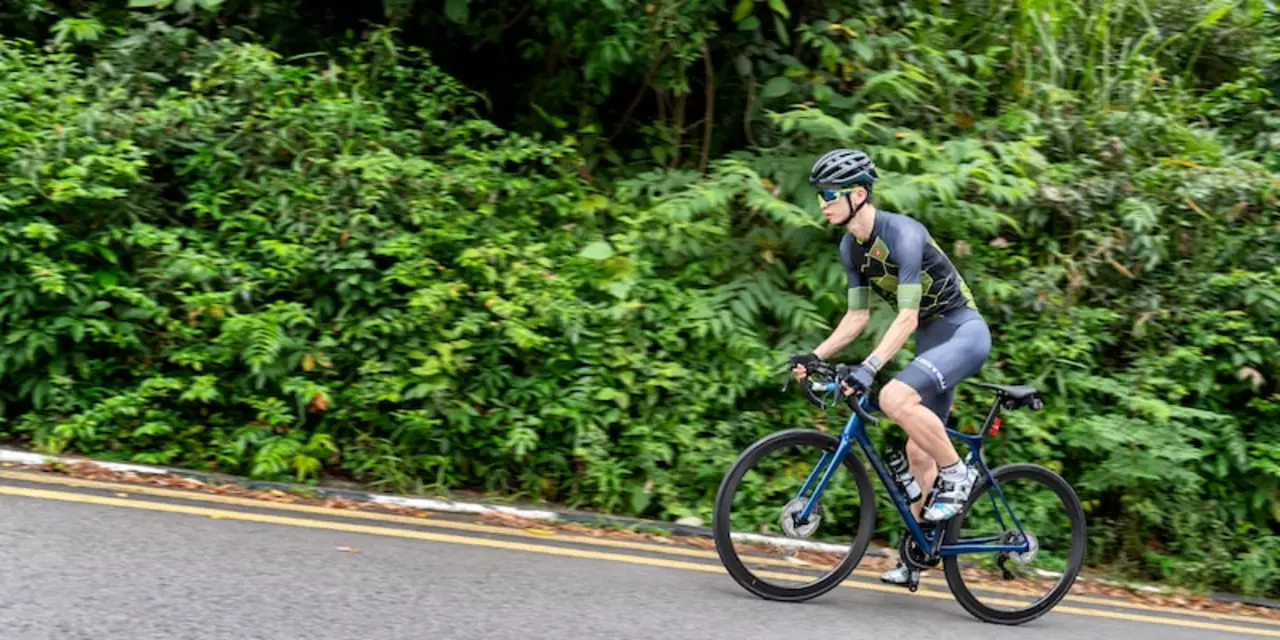Mountain Biking with Folding Bikes: Is It Worth It?
If you own a folding bike and love hitting the trails, you’re probably wondering whether it can survive the rough stuff. The short answer: it can, but there are trade‑offs. Folding bikes are built for portability, not for the same durability as a dedicated mountain bike. That means they’re lighter, easier to stash in a car or on a train, but they also tend to have weaker components and a shorter wheelbase. Before you strap on your helmet, let’s break down what works, what doesn’t, and how you can get the most out of a folding bike on a trail.
Pros and Cons of Folding Bikes on Trails
Pros: The biggest win is convenience. You can fold the bike, toss it in the boot, and drive to a remote trailhead without paying extra for a bike rack. The smaller frame also means you can navigate tight single‑track sections that would challenge a longer bike. For occasional off‑road rides, a folding bike saves space at home and is easy to transport on public transport.
Cons: Folding bikes usually have narrower tires, which reduces grip on loose gravel or mud. The geometry is tighter, so the bike feels less stable at high speeds or on steep descents. Many models use lighter, less robust parts, so you might see faster wear on the drivetrain and brakes. If you plan to ride hard, you’ll feel the difference in stiffness and control compared to a full‑sized mountain bike.
Tips to Make Your Folding Bike Trail‑Ready
1. Upgrade the tires. Swap the stock skinny tires for wider, knobby ones that fit the rim. A 26mm or 28mm width with a decent tread pattern adds grip and comfort.
2. Strengthen the brakes. If your bike has rim brakes, consider a set of mechanical disc brakes if the frame allows. Better stopping power is crucial on steep sections.
3. Check the drivetrain. A sturdier chain and a cassette with a wider gear range help you climb hills without over‑reving the pedals.
4. Reinforce the frame. Some riders add a small internal sleeve or use a frame protector tape at high‑stress points to reduce fatigue.
5. Adjust the suspension (if equipped). If your folding bike has a front fork, set the preload to match your weight and the trail’s roughness. Too soft and you’ll “bottom out” on big bumps; too stiff and you’ll feel every stone.
6. Pack smart. Bring a mini‑pump, spare tube, and a multi‑tool. Folding bikes often have quick‑release wheels, so you can swap a flat fast without much hassle.
7. Ride within limits. Treat the bike as a hybrid: stick to moderate trails, avoid extreme rock gardens, and respect the bike’s weight limit. You’ll still have fun, and the bike will last longer.
Bottom line: a folding bike can be a decent trail companion if you’re realistic about its strengths and weaknesses. Upgrade the key parts, choose forgiving trails, and you’ll enjoy the freedom of folding‑bike portability without sacrificing too much performance. Ready to give it a try? Grab your bike, hit the nearest gravel path, and see how it feels. You might discover a new way to blend city commuting with weekend adventure.



